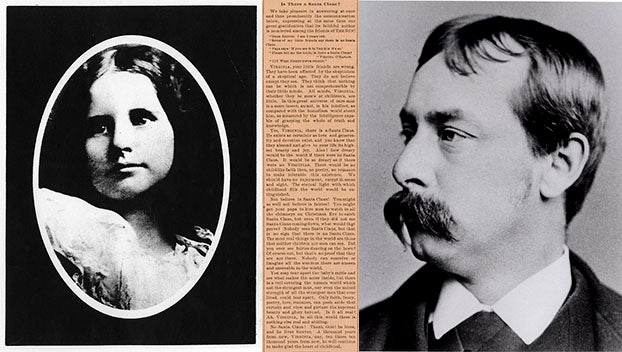The strength of a stitch
Published 10:47 pm Saturday, May 25, 2013
Over a week ago, an enterprising Boy Scout Troop #258 decorated the town of Bath with American flags. Double rows of flags line Carteret Street on both sides. Approximately 1,000 flags were planted on the roadside from Harding Street to South Main Street as a festive display for Bath Fest on May 18, but they will remain until Tuesday as a memorial for all those who have died serving our country.
It’s a lovely display and the local boy scouts and their leaders should be commended for their effort. But if each flag represented an American life claimed by war, going all the way back to the Revolutionary War, including the many conflicts both on U.S. soil and abroad, those flags would number over 1.3 million.
What would 1.3 million flags look like?
If one were to plant double rows on both sides of the road from Harding Street, Bath, traveling west, 1.3 million flags would line N.C. Highway 92 all the way to its intersection with U.S. Highway 264. The flags would go on to decorate Washington’s Fifth Street and 264’s bypass around Greenville and all points on the highway in between. Continuing on Highway 264, they would reach past the exit to Farmville and around Wilson. Somewhere near the exit to Old Smithfield Road between Wilson and Zebulon, the trail of flags would end. It would take Boy Scout Troop #258 82 days, working 24 hours a day, seven days a week, to plant that many flags.
On this Memorial Day, take a moment to imagine what that trip down the North Carolina highways would look like: a drive from Bath to Wilson, accompanied by waving flags the entire way. And each time you see an American flag, remember that beneath the 13 stripes and 50 stars there’s more: beneath them, holding the flag together, are stitches so tiny as to be invisible — all 1,321,612 of them.





